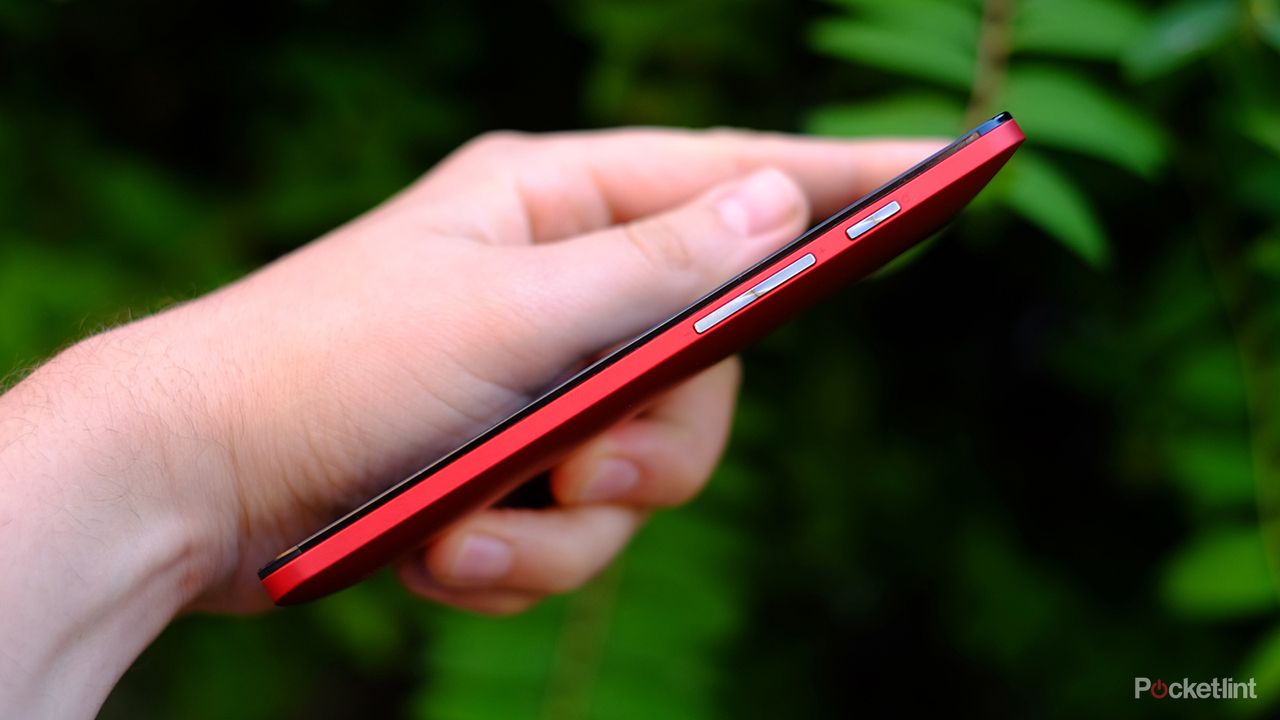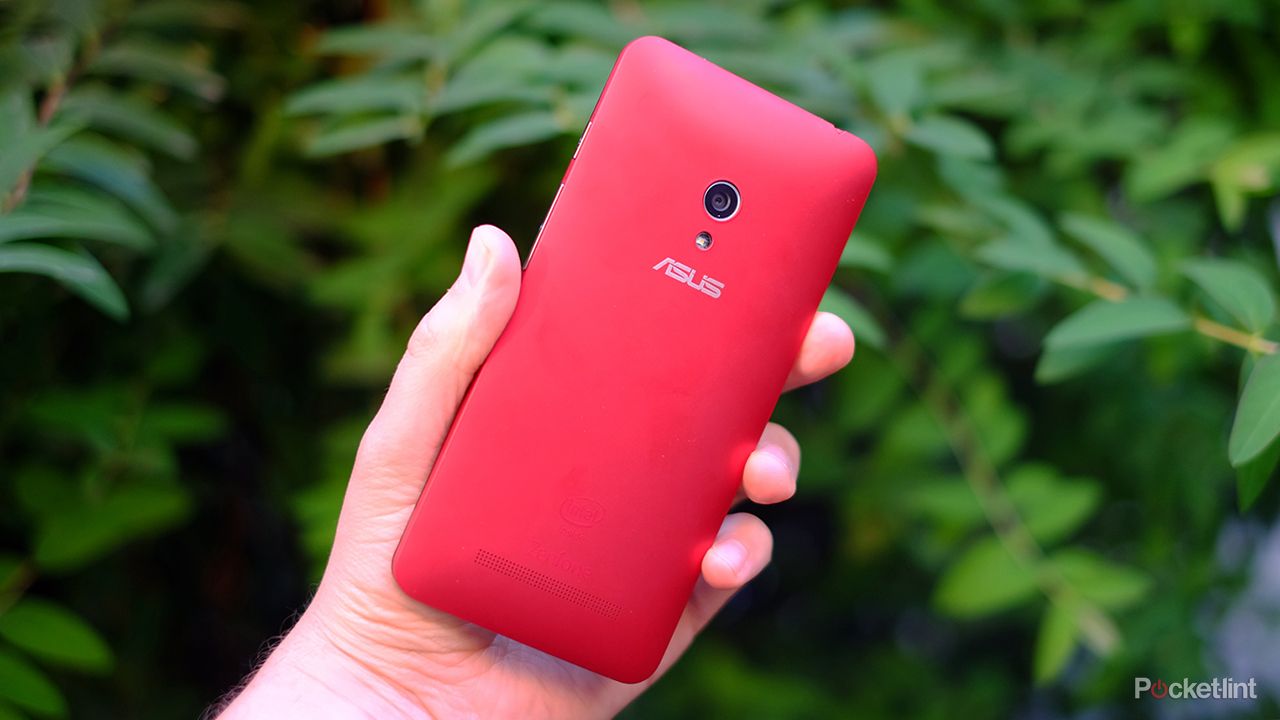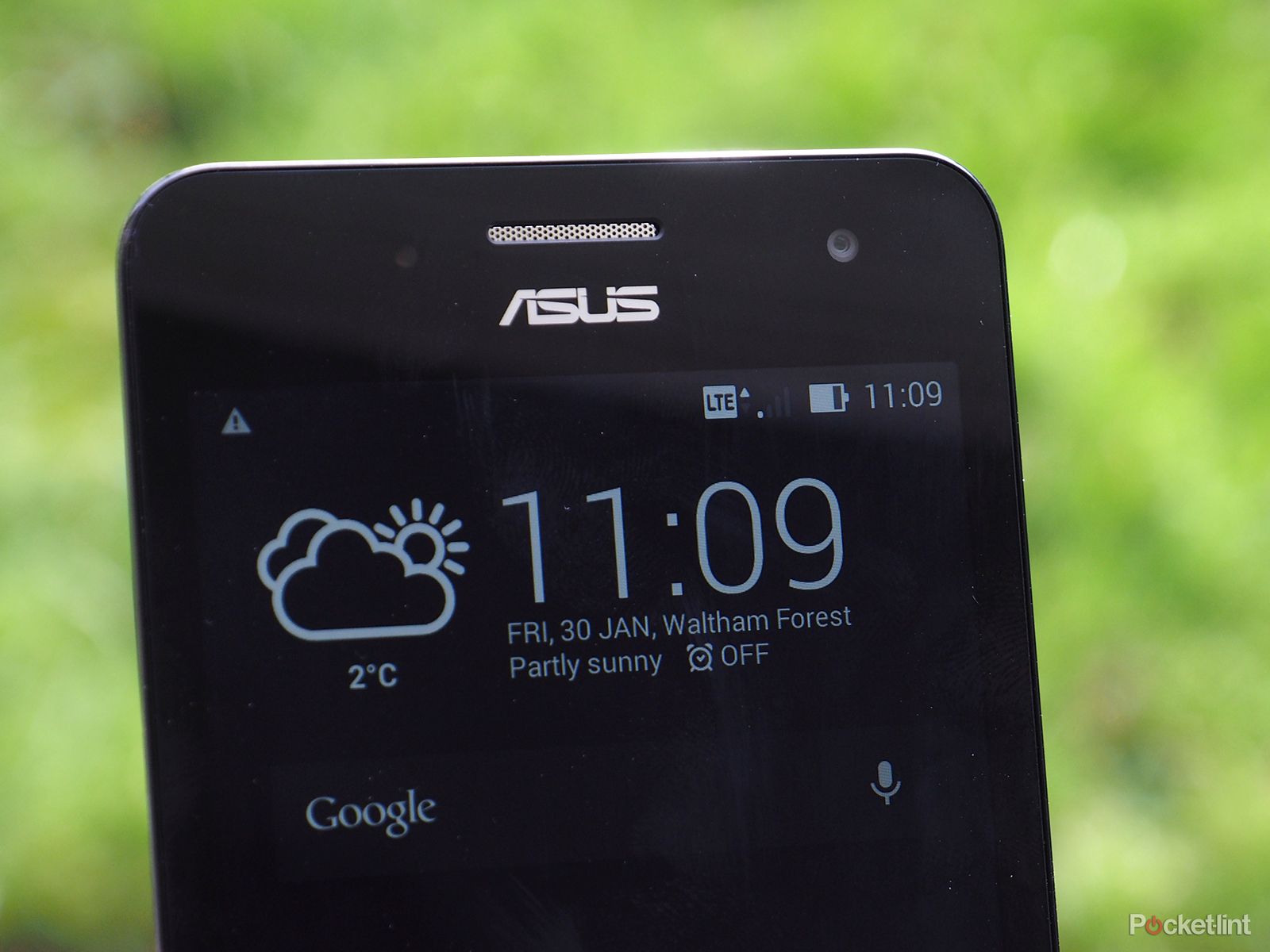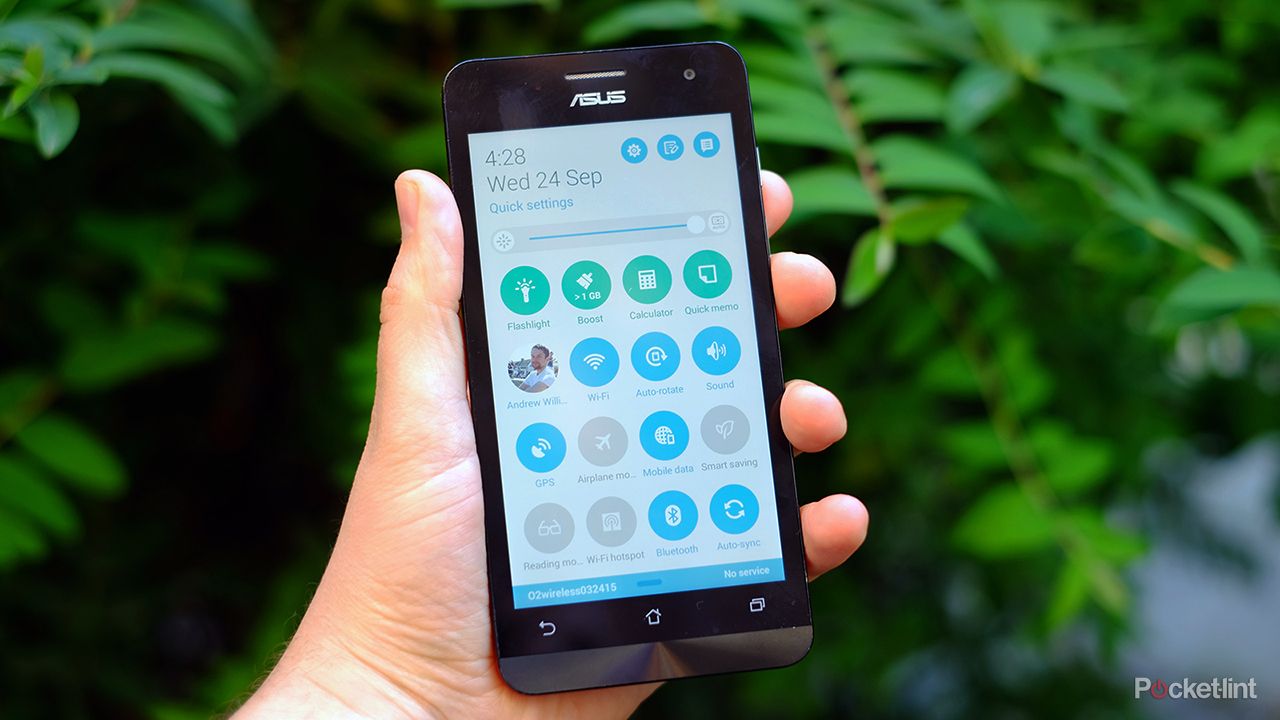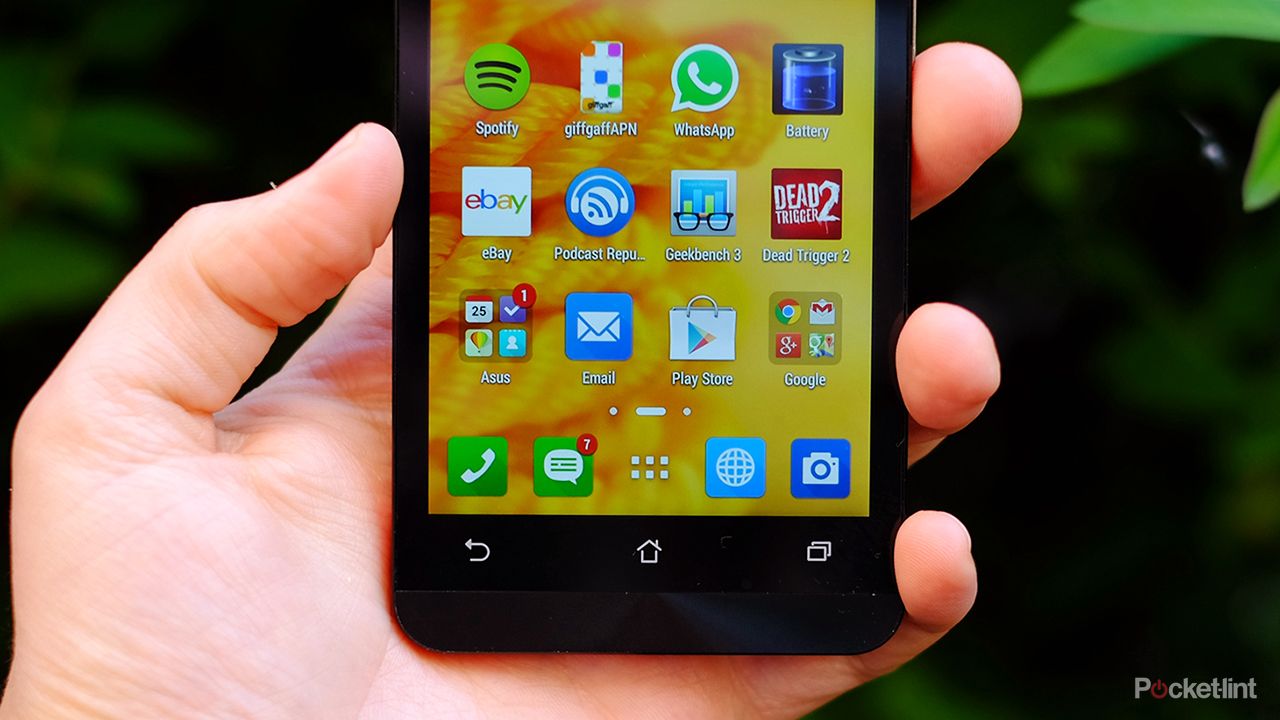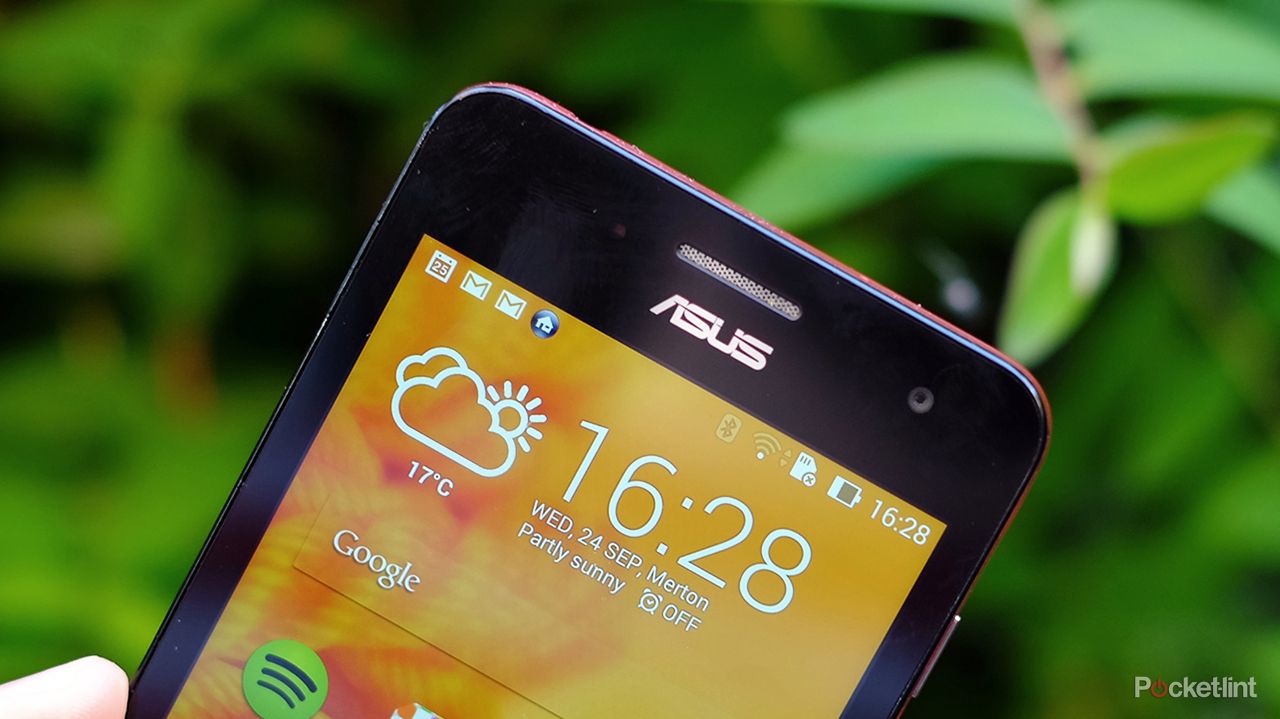About two years ago cheap phones reeked of compromise; the gap between entry-level Android phones and top-end ones was massive. But that's all changed recently, with phones like the Asus Zenfone 5 and Motorola Moto G (2014) plugging the gap. Spend in the £150 region and you can get a phone that doesn't feel entirely different from one twice the price. So why spend more?
Our quick take
The Asus Zenfone 5 offers much of the experience of a phone that, until recently, would have cost twice the price. However, its main competitor, the pocket-pleasing Moto G (2014), does make it tough for the Asus to truly stand out.
If Asus were to add a better battery and boost the maximum screen brightness then this phone would be a step ahead. Even so, whether you choose the 3G or 4G LTE model, if you're on a budget then it's definitely one to check out.
As a first stab at making a mainstream phone, the Asus Zenfone 5 is a fine effort.
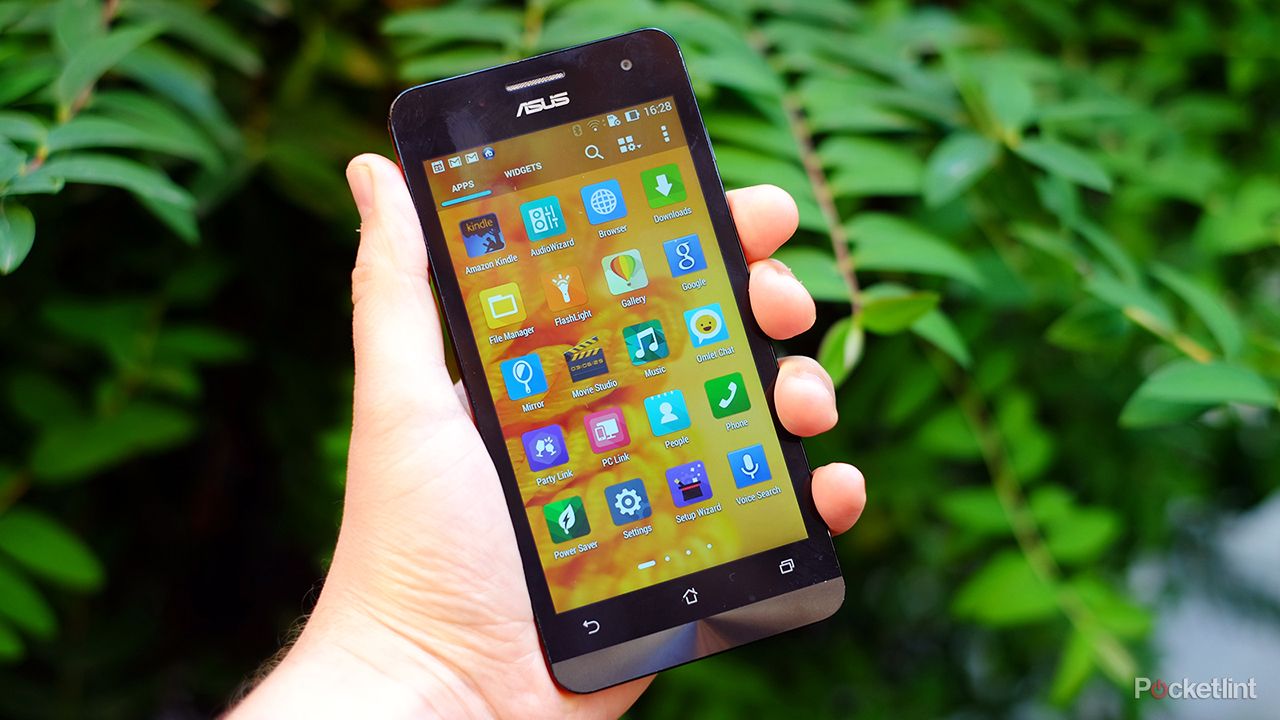
Asus Zenfone 5 LTE - 4.0 / 5
| FOR | AGAINST |
|---|---|
|
|
There are, of course, a few compromises in buying a handset such as the Asus Zenfone, which we'll get to. The question is whether these will bother you to the tune of an extra £150 for a bottom-end flagship or not.
While it's a pretty new name in phones, Asus is one of the best options if you want to save that additional cash. Can the Zenfone make a dent in Motorola's current lead?
Design
In the past Asus phones have been real oddballs. We've had mobiles that slot into tablets, and phones with 7-inch screens, like the Asus Fonepad, that are so big you may as well get some hand extensions to use them.
The Zenfone 5 and its 4-inch brother drop these attention-grabbing antics to offer something normal people are much more likely to get on with. There's also a 6-inch model that will divide the crowd, but the option is there - and with ever-increasing screen sizes it's not an unfeasible option.
The Zenfone 5 is a fairly large phone nonetheless, but also a fairly ordinary one - in a good sense. There's nothing too attention-grabbing that might show off Asus's relative inexperience in this game.
There are a couple of little flourishes, though. Below the screen is a metal plate bearing the shiny circular texture used in a lot of Asus's other gear. It's not too loud as design tweaks go, but helps give the phone its own look. You'll see this in the Zenfone 4 and Zenfone 6 too.
Aside from this bit of metal and the metal buttons on the side, the rest of the Zenfone 5's frame is plastic. It feels pretty good, though. The back is lightly curved and has a smooth soft-touch finish for an extra hit of strokeability.
Compared to more expensive 5-inch phones, the Zenfone 5 has a slightly larger-than-average screen bezel, in turn making the phone a bit bigger than most. At 72.8mm wide and 10.3mm deep, it feels a bit bigger in the hand than the Samsung Galaxy S5, which is just 8.1mm thick and a tiny bit narrower at 72.5mm wide. But that's a phone that will cost some £300 more.
You'll see the same sort of bulking-up effect in the 2014 Moto G, though - you need pay a little bit more if you want a super-skinny 5-inch phone. It's a minor palm-filler in a world of 5.5-inch and 6-inch phones, but a palm-filler nevertheless.
You miss out on a few little higher-end hardware nods too. The trio of soft Android keys - use to navigate home, back and to current apps - don't light up, for example, which gets a bit annoying at night and means the front of the phone doesn't look quite as pure and simple as it could.
Still, there are few giveaways in the bodywork that the Zenfone 5 is actually as affordable as it is. Plus you can get it in a few different colours, such as the slightly metallic red version of this review, along with white, black, purple and gold versions doing the rounds.
There's a whole bunch of different Zenfone 5 versions out there, in fact. The red model in these pictures is the 3G version, but we've since received a 4G LTE model (dressed all in black), which for its £20 premium £199 asking price brings added speed to the browsing experience.
Whichever connectivity fits best for you, there are 8GB or 16GB internal storage options, each with a microSD slot under the hood too - so the limited on-board storage isn't necessarily a huge deal. However, 1GB and 2GB RAM options make things overly confusing.
Screen
What all versions of the Zenfone have, though, is a 5-inch 720p IPS LCD screen. The smaller the model the more condensed that pixel density is, so theoretical best would be the 4-inch model, but 1280 x 720 pixels looks just fine on the 5-inch model too.
It's not the Full HD resolution of the flagship smartphones, but despite that it's still a key selling point of the series. Proper budget phones typically won't match a 720p resolution (the Moto G is a higher-resolution exception), while increasing numbers of models at this size and resolution for under £200, such as the Acer Liquid Jade, are becoming more widely available.
In the Asus it's a great size for gaming and watching videos, and display quality is pretty decent. Colours are reasonably natural and while you can tell that the screen isn't Full HD - you don't get that perfect sharpness of a higher-end 1080p phone - it's still fairly sharp.
You can also customise the look of the screen to a degree. The Asus Splendid app allows you tweak the saturation and colour temperature, altering its character. A nice touch.
The only real issue to face the Zenfone is that when put next to the Moto G 2014, the Zenfone 5 clearly has much lower maximum brightness. However, we found it is typically fine to use outdoors - there is less sun at this time of year, of course - as the top screen layer is a tiny bit less reflective than the Moto G, but it's not optimal. There is an auto brightness setting, though, which will at least make the Zenfone 5 max out the backlight when it's needed, but the Moto G is still much better at coping with direct sunlight.
Software
One other area where we can't avoid a 2014 Moto G comparison is software. The Asus Zenfone 5 uses a thoroughly customised version of Android 4.3 where one of arch-rival the Moto G's calling cards is that it uses a pure version of a very recent version - currently Android 4.4.4.
As well as introducing doubts as to whether the Zenfone 5 is actually going to get many future updates, the custom interface is a bit quirky in parts. Asus calls it the ZenUI. As ever, all the usual Android apps and widgets are still available.
ZenUI doesn't dramatically alter the structure of stock Android, but does fiddle with its look, and where some of the interface bits go. For example, in the Moto G there aren't separate apps and widgets bars in the apps menu. There are in ZenUI, and it gives the phone a more cluttered appearance in parts.
Some elements are a tad fiddlier too. Asus has tried to get a bit clever by introducing a dual drop-down notification system. You can bring up your notifications and the settings toggles by flicking down from different sides of the screen. It's possibly a case of Asus trying a bit too hard to add its own features to the Zenfone 5, but it's not a bad idea.
It's not a bad-looking interface either, and with our version of the Zenfone phone we found performance to be pretty good. Much like the Moto G 2014, there's no serious lag in operation. It's a blessedly low-stress phone. (We can't say whether the 1GB RAM version will offer the same experience, though.)
Specs
The Asus Zenfone 5 also has a respectable CPU running the show. The 3G version has an Intel Atom Z2560 processor, which is a dual-core 1.6GHz CPU offering just about as much power as the Snapdragon 400 which, as it happens, is the processor found in the 4G LTE model. You won't notice a performance issue between the two.
It can handle 3D games, with just some frame drops in the more demanding, higher-end ones - but not enough to ruin the fun. It's not a flagship experience, but then it's still a capable device.
Thanks to having decent storage, a good amount of power and a microSD slot, the Asus Zenfone 5 can do most things more expensive rivals can. We say most because there are a few missing bits: you won't find NFC or an IR transmitter here. These are things that need to be cut out to get the phone down to such a price. So no wireless payments or controlling your TV with the phone. Hardly the end of the world we should think.
Camera
The camera hardware is distinctly so-so mid-range too, with performance not worth getting overly excited about. You get an 8-megapixel sensor with an f/2.0 lens, which does makes taking snaps all the easier, but results to a critical eye aren't exactly brilliant.
Asus Zenfone 5 sample image - click for full size crop detail
The Asus isn't anywhere near as fast as, for example, one of Samsung's top-end phones in shooting performance, and while its results are ok the colour saturation is over the top, there's apparent grain throughout and poor auto white balance. There's a bit of purple fringing - that purple "shadow" around areas of high light contrast - too.
What's is perhaps most fun about the Zenfone 5 camera, though, is how the app is equipped to deal with different conditions. There are some extra fluffy modes that attempt to create background blur and remove moving objects using burst shooting, but it's the low-light modes that are most usable.
Night is the standard one you get in many phones, which just tailors the settings to suit night scenes. The Zenfone's low-light mode goes further by reducing resolution from 8- to 2-megapixels and ramps up brightness and processing to produce much better exposed hand-held photos. It works well too compared to the standard Night mode. However, the results are soft and noisy, but at least the camera is usable in such dim conditions unlike some competitors. More than good enough for sharing on device, just not for using in larger-scale situations.
The 2-megapixel f/2.4 front-facing camera is respectable too, having the exposure compensation chops to make indoor-lit selfies and video look clear enough. Don't expect the world from the cameras, but they do their job.
Battery
Unfortunately the 2,110mAh battery unit, which is neatly locked into the frame, isn't the longest lasting. We'd have liked to see a few extra hundred milliamperes packed in to provide the sort of stamina you get in some of the higher-end 5-inch.
We got a solid day out of the Asus Zenfone 5 phone each and every day, without using any intensive power-saving modes, but by bedtime we were down to around 20 per cent charge. Go wild with 4G download speeds, however, and you may end up with zero battery come the end of a day, as there's no greater capacity for the LTE model.
This is a fair performance, but we have been spoilt a bit to date by the higher-end 5-inch phones, which tend to offer significantly better stamina. Bar the Nexus 5, that is - it's not a long-distance god either.

